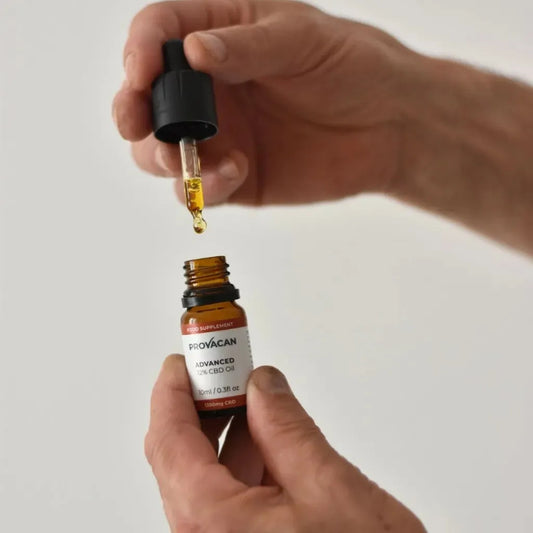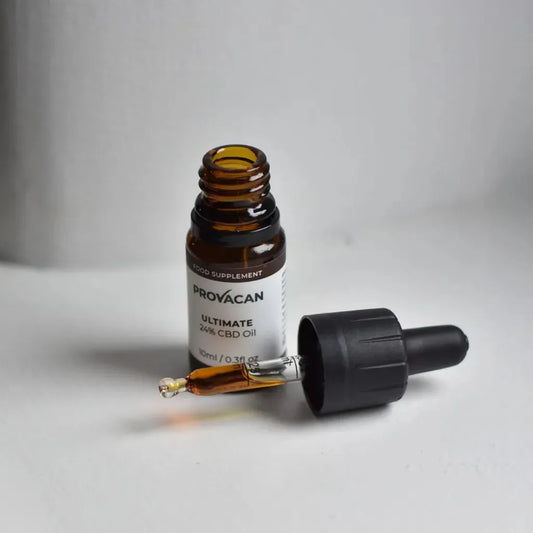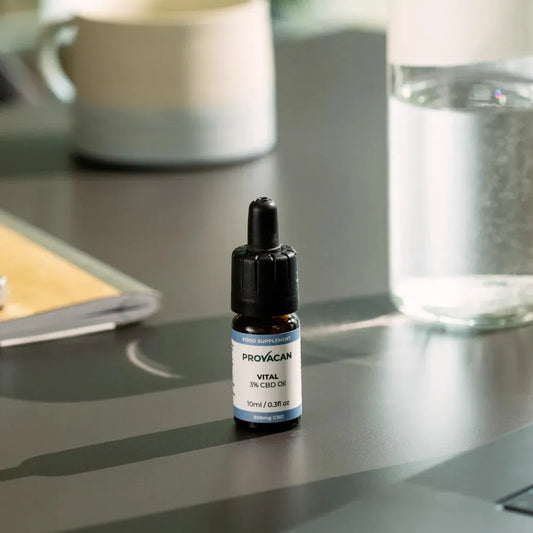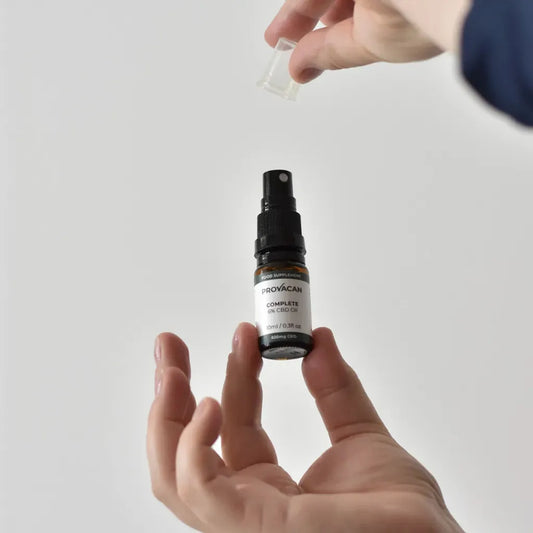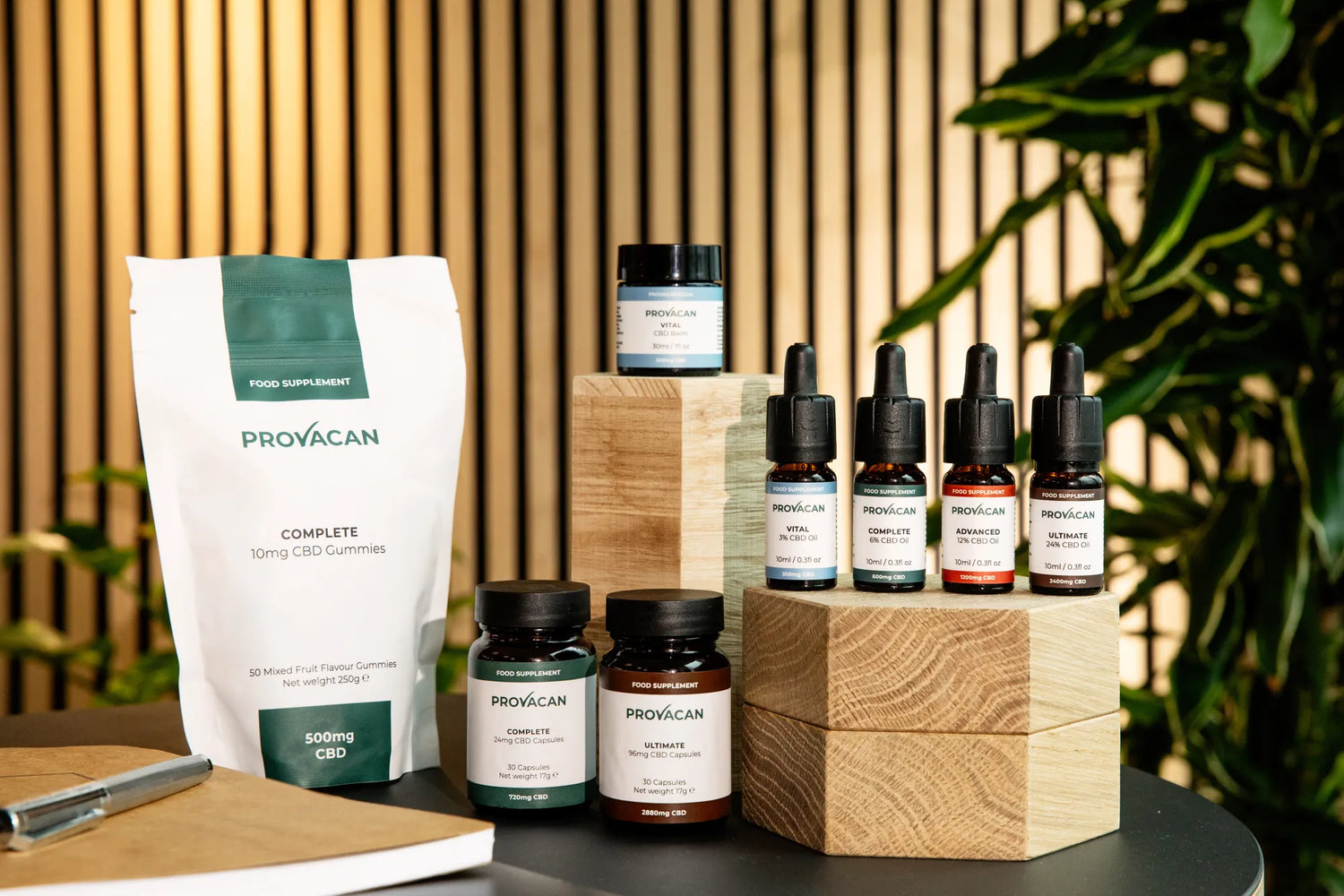Terpenes are a diverse group of organic compounds found in many plants, including cannabis. They are responsible for the unique aroma and flavor profiles found in different strains of cannabis. Terpenes are produced in the same glands as cannabinoids, such as CBD and THC, and play a crucial role in the overall effects of cannabis.
What Do Terpenes Do?
Terpenes have several fascinating functions within the cannabis plant. One of their primary roles is to attract pollinators, such as bees and insects, with their distinct smells. These aromatic compounds emit a captivating fragrance that acts as a natural invitation to potential pollinators, ensuring the plant's reproductive success.
But terpenes don't stop there. They also serve as the plant's guardians, acting as natural defenses against pests and predators. These resilient compounds possess properties that repel harmful insects and animals, safeguarding the plant from potential harm.
Furthermore, terpenes exhibit an extraordinary ability to shield the cannabis plant from the damaging effects of ultraviolet (UV) rays and other environmental stressors. Just as sunscreen protects our skin from the sun's harmful rays, terpenes act as a natural sunscreen for the plant, shielding it from excessive UV exposure and preventing potential damage.
Now, let's explore the captivating relationship between terpenes and human consumption, hemp vs cannabidiol. Recent studies have revealed that terpenes interact synergistically with cannabinoids, the active compounds found in cannabis. This interaction enhances the effects of cannabinoids, resulting in a more potent and therapeutic experience for consumers.
Scientists refer to this phenomenon as the entourage effect, a concept that suggests terpenes play a vital role in unlocking the full therapeutic potential of cannabis. The entourage effect highlights the intricate interplay between terpenes and cannabinoids, showcasing the complexity and richness of the hemp plant's chemical composition.
So, the next time you encounter the aroma of hemp, or wonder 'why does CBD oil tase different?' remember that terpenes are not only responsible for the plant's enticing scent but also for its protection against pests, UV rays, and environmental stressors. And when it comes to human consumption, terpenes team up with cannabinoids to create a truly remarkable and therapeutic experience.
Do Terpenes Provide A High?
When it comes to the world of cannabis, there's more to the experience than just the cannabinoids like CBD. Enter terpenes, the aromatic compounds found in the resinous glands of the cannabis plant. While terpenes themselves do not provide a psychoactive high, they play a crucial role in shaping the overall CBD experience.
Think of terpenes as the supporting actors in a blockbuster movie. They may not be the main star, but their presence can greatly influence the outcome. Different terpenes have varying effects on mood, relaxation, and focus, adding depth and complexity to the cannabis experience. For example, the terpene myrcene, commonly found in indica strains, is known for its calming properties, helping to create a sense of tranquility and relaxation. On the other hand, limonene, often found in sativa strains, offers an energizing and uplifting effect, making it a go-to choice for those seeking a burst of creativity or a pick-me-up.
It's important to note that terpenes don't work alone. They collaborate with other plant compounds, including cannabinoids, to produce the desired effects. The specific combination of terpenes and cannabinoids in a product determines its unique characteristics and potential therapeutic benefits. This intricate interplay between terpenes and cannabinoids is known as the entourage effect, where the sum of the parts is greater than the individual components.
So, while terpenes may not directly provide a high, they certainly contribute to the overall cannabis experience. Their presence adds depth, flavor, and nuance to the plant's effects, making each strain a unique and captivating journey for the senses. So next time you indulge in the world of CBD, take a moment to appreciate the terpenes that are working behind the scenes, enhancing your experience one aromatic molecule at a time.
Comparing Terpenes Against CBD and THC
While CBD and THC are well-known cannabinoids, terpenes may often go unnoticed. However, their importance should not be underestimated. In contrast to cannabinoids, which directly interact with our endocannabinoid system, the effects of terpenes are thought to be mediated through various mechanisms.
Terpenes have been found to interact with neurotransmitter receptors and other molecular targets in our body, influencing brain activity and potentially modulating the effects of cannabinoids. This interaction between terpenes and cannabinoids highlights the complexity and synergy of the cannabis plant.
Let's delve deeper into the fascinating world of terpenes. These aromatic compounds are not exclusive to cannabis; they can be found in various plants, fruits, and even insects. In fact, terpenes are responsible for the distinct scents and flavors of many plants, such as lavender, citrus fruits, and pine trees.
When it comes to CBD, terpenes play a crucial role in shaping the overall experience. Each strain of hemp contains a unique combination of terpenes, which contribute to its specific aroma, taste, and effects. For example, the terpene called limonene, commonly found in citrus fruits, is known for its uplifting and mood-enhancing properties. On the other hand, the terpene myrcene, found in hops and mangoes, is associated with sedative and relaxing effects.
Furthermore, terpenes not only influence the psychoactive effects of cannabinoids but also have potential therapeutic benefits of their own. Some terpenes, like beta-caryophyllene, have been found to have anti-inflammatory properties, while others, such as linalool, may have calming and stress-relieving effects. The intricate interplay between terpenes and cannabinoids creates a vast array of possibilities for personalised CBD experiences and targeted therapeutic applications.
List of Terpenes
There are numerous terpenes found in cannabis, each with its distinctive characteristics and potential benefits. Understanding the different terpenes can help cannabis enthusiasts and medical users choose strains that align with their desired effects. Let's explore some of the most common terpenes found in cannabis:
- Beta-caryophyllene: Known for its spicy, peppery aroma, beta-caryophyllene not only adds depth to the fragrance of hemp but has also been studied for its potential anti-inflammatory and analgesic effects. This terpene has caught the attention of researchers exploring natural alternatives for pain management.
- Beta-pinene: This terpene is responsible for the fresh scent found in pine trees. When present in cannabis, beta-pinene has been associated with improved focus and alertness. Imagine the invigorating feeling of walking through a pine forest, now encapsulated in a cannabis strain.
- Humulene: With a woody and earthy aroma, humulene not only contributes to the overall scent profile of cannabis but is also believed to have anti-inflammatory and antibacterial properties. This terpene adds a touch of nature's resilience to the hemp plant.
- Limonene: Found in citrus fruits, limonene brings a burst of freshness to cannabis strains. Its citrusy aroma is often associated with uplifting and mood-enhancing effects. Just imagine the zesty scent of lemon or orange, now infused into your cannabis experience.
- Linalool: Known for its floral scent, linalool is commonly found in lavender. This terpene is not only responsible for the delicate fragrance but is also believed to have calming and sedative properties. Incorporating linalool-rich strains into your routine can be like taking a stroll through a serene garden.
- Myrcene: This terpene is found in high concentrations in hemp and is associated with a musky aroma. Myrcene may have relaxing and pain-relieving effects, making it a sought-after terpene for those seeking tranquility and relief. It's like sinking into a plush armchair after a long day.
These are just a few examples of the many terpenes found in different types of CBD products. Each terpene brings its unique fragrance and potential benefits to the table, adding to the complexity and allure of the cannabis plant. Exploring the world of terpenes can be an exciting journey for those seeking a more personalised cannabis experience.
As research continues to uncover the potential therapeutic properties of terpenes, CBD enthusiasts and medical users can make more informed decisions when selecting products. This information, along with learning how to read CBD labels can be critical is identifying the right product for you. Whether you're looking for a product to boost focus and alertness or seeking relaxation and relief, understanding the terpene profile can be a valuable tool in finding the perfect product match for your needs.
Buy CBD
If you're interested in experiencing the potential benefits of terpenes and other compounds, consider exploring CBD products. CBD, or cannabidiol, is a non-intoxicating cannabinoid that has gained popularity for its potential therapeutic properties. Many CBD products on the market contain a variety of terpenes, offering a more comprehensive plant experience.
When looking to buy CBD products, it's essential to choose reputable brands that provide third-party lab testing to ensure the quality and potency of their products. This testing ensures that the CBD products you buy are free from harmful contaminants and accurately labeled with their CBD content. Reputable brands also provide detailed information about the terpenes present in their products, allowing you to select the ones that align with your desired effects.
Furthermore, the world of CBD products extends far beyond just oils, topicals, and edibles. You can find a wide range of innovative CBD-infused products that cater to various preferences and lifestyles. From CBD-infused beverages like teas and coffees to beauty and skincare products, the possibilities are endless.
For those seeking targeted relief, CBD topicals are a popular choice. These products, such as creams, lotions, and balms, are applied directly to the skin, allowing for localized relief. Whether you're dealing with muscle soreness, joint pain, or skin conditions, CBD topicals offer a convenient and effective solution.
In conclusion, terpenes are fascinating compounds found in cannabis that contribute to its distinct aroma and potential therapeutic effects. While they don't provide a high on their own, terpenes can enhance the overall cannabis experience and interact with cannabinoids to produce unique effects. Understanding the role and benefits of terpenes can help you make informed decisions when exploring the world of cannabis and its many possibilities.



